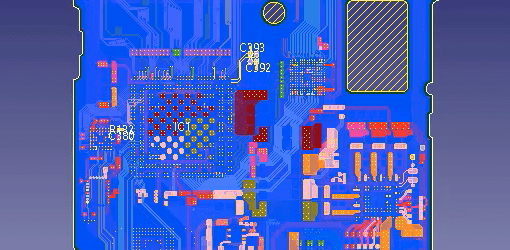
- Blog
Learn how to find a one pin net using a batch program and then output the one pin net information in the netlist text file.

- Blog
Custom attribute lists for design and panel data can be configured and saved using CR-8000’s Board List Processor.

- Blog
There’s a greatly improved option in CR-8000 Design Gateway 2018 that gives users the opportunity to add multiple sheets when creating new designs or when adding sheets to an existing design.

- Blog
DS-CR maintains electronics design data in a vault with controlled access and revision control. That data must be distributed outside the vault to support various business activities such as fabrication, assembly, and supply chain management.

- Blog
There’s an exciting new option in CR-8000 Design Gateway 2018: “Execute Macro to Multiple Sheets. The new functionality allows you to execute macros on specified sheets all at once.

- Blog
In her recent blog post, Sandy Jones introduced the new reinforce via functionality in CR-8000 Design Force. Here is one very useful application of that new functionality.

- Blog
In the 2018 release of CR-8000 Design Force, an amazing new improvement has been made to reinforce via. In the video below, I’ll demonstrate how this cool new feature works.
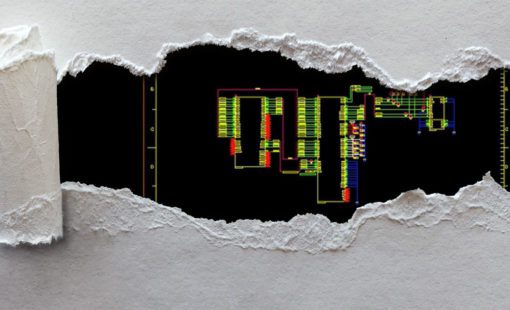
- Blog
Oftentimes when we’re working on schematics, the panel menus take up a ton of space on the screen. This is where the Design Gateway auto-hide feature comes in handy.
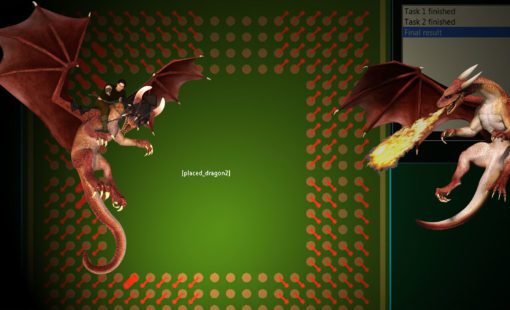
- Blog
Simply draw a Dragon area around your BGA. Then select the Dragon area and create a strategy to fanout the pads of your BGA - Watch movie
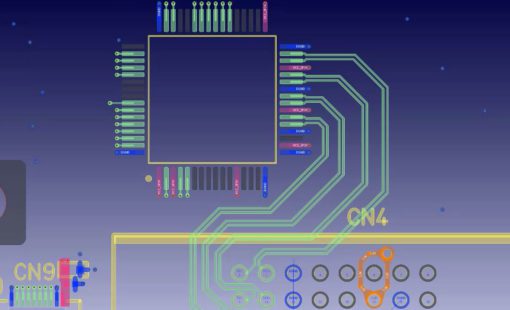
- Blog
Creating pin pairs in the Constraint Browser is fine for one or two nets at a time, but if you want to create pin pairs for a whole design, I recommend using an easy, single-step macro.

- Blog
Did you know when editing lengthening patterns in CR-8000 Design Force, you can modify the lengthening pattern, and meet your constraints all in one step?
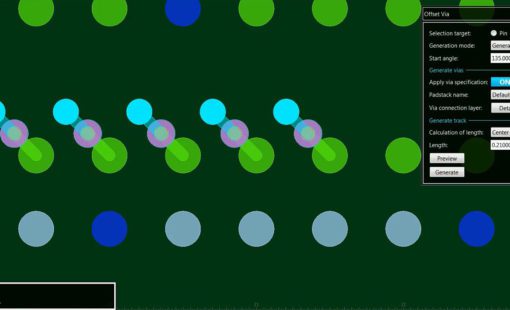
- Blog
CR-8000 Design Force 2017 has improved the offset via function by adding efficiency in pulling out tracks from vias, creating BGA designs and build-up designs. The controls are based on the following...
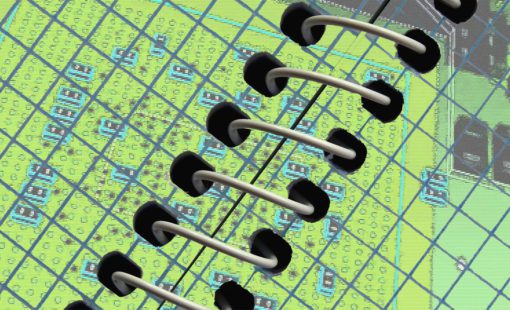
- Blog
A common task that is often dreaded among PCB designers is having to relocate a large point-count BGA that’s fanned out, and even partially escaped routed, to the opposite side of a PCB.

- Blog
One of the more powerful capabilities of a good data management system such as DS-CR (formerly known as DS-2) is searching and the ability to generate reports. A great example is the ability to generate Where-used information. These types of reports are extremely useful when performing impact assessments where ...
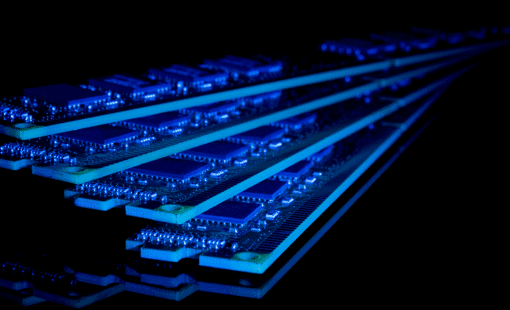
- Blog
DDR4, the fourth generation of DDR SDRAM technology, is the latest and greatest SDRAM standard and will continue to be until the fifth generation is released. The new standard features a point-to-point architecture that offers superior timing margins.
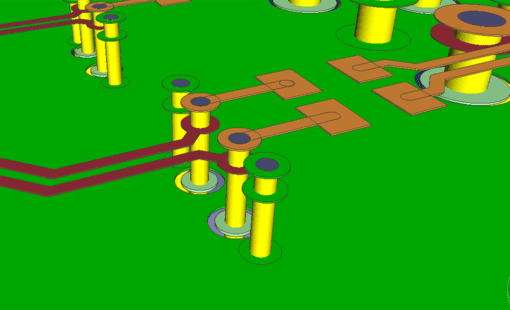
- Blog
This is the second in my series of blog posts looking at the challenge of maintaining PCB signal integrity with now-common ultra-high speeds and growing adoption of PCB design environments to design in true 3-D. Today I focus on vias and the use of return vias to overcome the issues highlighted in Part 1.